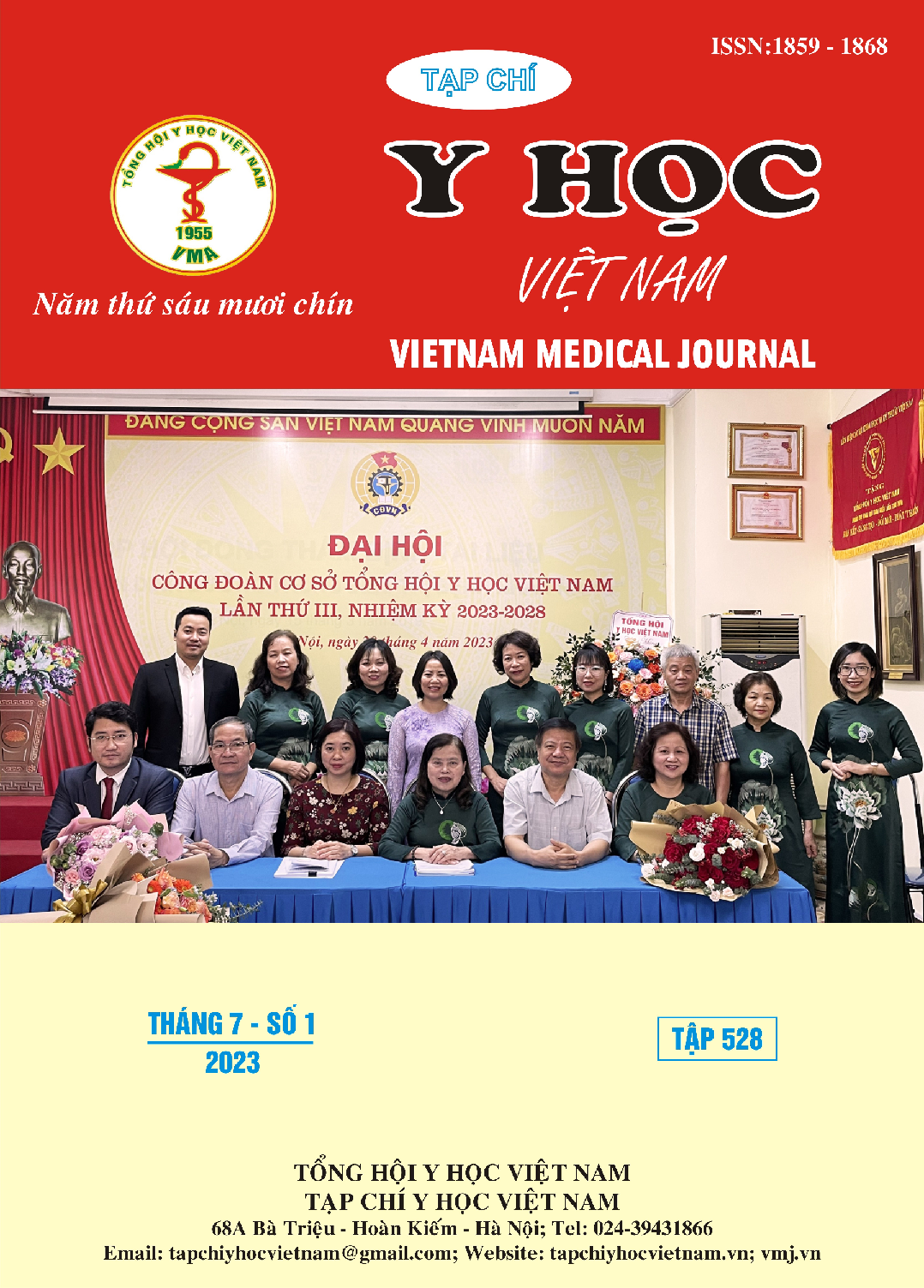EVALUATION THE RESULT OF CERVICAL CYTOLOGT SCREENING USING THINPAS AND PAP SMEAR AT 108 CENTRAL MILITARY HOSPITAL
Main Article Content
Abstract
Objective: Evaluation and comparison the advantages of ThinPas and Pap smear methods. Subject and method: The patient was assigned to test for cervical cancer with 2 methods ThinPas and Pap smear from 07/2020 - 06/2021 at 108 Central Military Hospital. Result and conclussion: The age from 17 to 80, the most common age group was 30-39. Among the 9250 cervical cytology tests, there were 6923 routine Pap smear test and 2597 ThinPas test. In the conventional Pap smear test, 88% of the cells were missed, 94% of the cells with ThinPas test were evaluated. Mucus and inflammatory cells were retained almost entirely in a routine Pap smear method, while ThinPas test almost completely removed mucus. Pap smears were usually superimposed tending to degenerate with indistinct nuclei and cytoplasm; ThinPas test cells were arranged flat, cytoplasm and nucleus were clear and bright. ThinPas test give the better result than conventional Pap smear method, helping to detect precancerous lesions and cervical more clearly.
Article Details
Keywords
Cervical cancer, Pap smear, ThinPas
References
2. Hutchinson M, et al. Homogeneous Sampling Accounts for the Increased Diagnostic Accuracy Using the ThinPrep Processor. Am J Clin Pathol. 1994;101(2):215-9.
3. Linder J, Zahniser D. ThinPrep Papanicolaou testing to reduce false-negative cervical cytology. Arch Pathol Lab Med. 1998 Feb;122(2):139-44.
4. Schorge JO, Hossein Saboorian M, Hynan L, Ashfaq R. ThinPrep detection of cervical and endometrial adenocarcinoma: a retrospective cohort study. Cancer. 2002 Dec 25;96(6):338-43.


